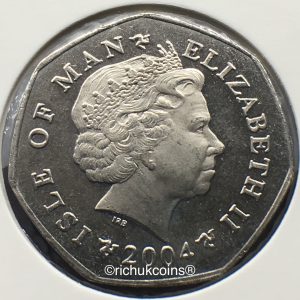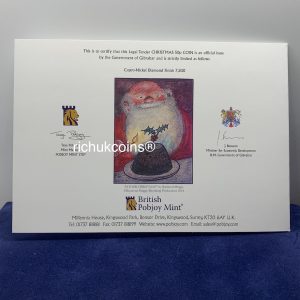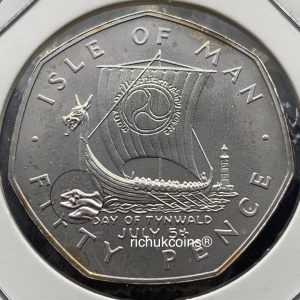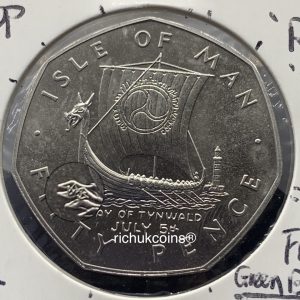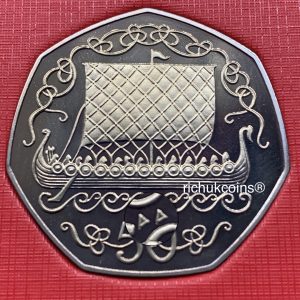Published on
Last Updated on:
By reading the title, a Gibraltar £1 Pound Virenium Proof Coin made in 1988, it is really a difficult topic to illustrate here. Because it has no any written records about this coin. It is a coin or not, it all depends on the detail of COA. So, let we bring you our new coin today.
- 1988 Gibraltar £1 Pound Virenium Proof Coin with AA
- Its COA


Photograph: richukcoins®


Photograph: richukcoins®
This is a special coin that has a very unique position in the numismatic world made by the British Pobjoy Mint in 1988. The reasons are as follows:
- Rarity;
- A Proof standard stamped with AA;
- Composition Virenium;
- The Year 1988;
- History.
According to the COA, a limited batch of 100 coins was minted in 1988 for the purpose of commemorating 1st £1 Pound coin in Gibraltar, but subject to the approval of HM Queen Elizabeth II after 14/11/1988. A 100-coin sample means 100 pence is equal to £1.
It is not often to see a coin like a proof condition with AA made by the Pobjoy Mint. If you are very familiar with coins made by the Mint, it is easy to say that this coin is a sample, for instance, 1994 Isle of Man Christmas 50p silver proof coin with AA. Meanwhile, this £1 Virenium Proof coin with AA makes it rare very rare within the all decimal coin range in terms of proof grade, even right now.
According to the Gibraltar Coinage Act 1990 (renamed in 2006 from the Gibraltar Coinage Ordinance 1990), metal Virenium is one of many possible metals list for £1 pound category in law. Also, it shows that Gibraltar’s Virenium is a combination of 81Cu/10Sn/9Ni. Bear in mind that the name of Virenium is a registered mark by the Mint. This type of Virenium looks very close to Nickel Brass in colour if you look hard. It is likely a possible reason apart from no any precious metals being allowed to strike £1 pound coins in 1988.
In the year 1983, UK 1st £1 pound coin was issued in Nickel Brass, silver Proof and silver proof piedfort and so forth. But, you find nothing when you search for Gibraltar 1st £1 pound coin only Nickel Brass type. However, the Gibraltar government issued 100 coins in platinum in 1989 for the 150th Anniversary of Gibraltar Coinage.
A told story either word by word or written down is easy to explore but something still remains untold. This identified piece is a piece of history of Gibraltar coinage clearly.
From the perspective of financial terms, this coin is a financial instrument due to its very unique position demonstrated above. Right now it has been slabbed by NGC PF 68 UC (Cert # 2869941-001) which this extra security gives a buyer more confidence and value added with its designation. In terms of valuation, it all depends on people/collector how to value the Gibraltar coinage history, but sadly, nobody could tell you more and how much it is worth. Only here, it tells you information about this coin for free. This coin will soon or later trade like a 1989 Isle of Man £2 Virenium Blimp coin, be sure.
Reference
**The Gibraltar Coinage Act 1990 [Online].
**The Currency & Coinage of Gibraltar 1704-2014 by the Gibraltar Government [Online].
#The End

















